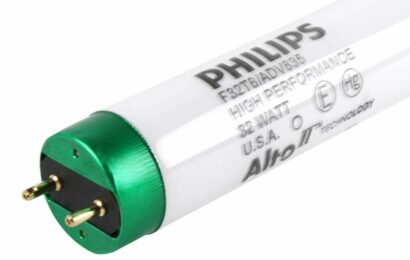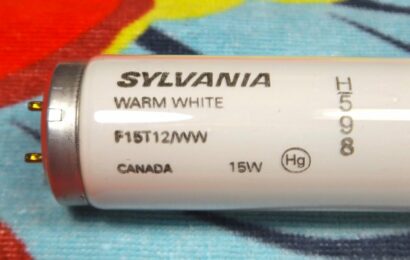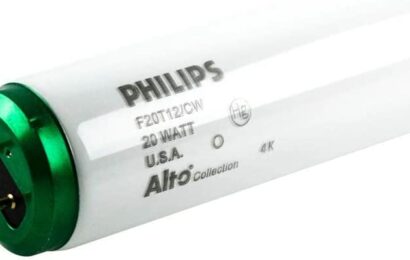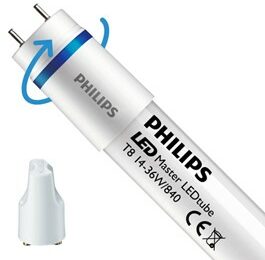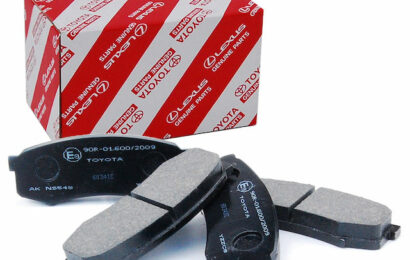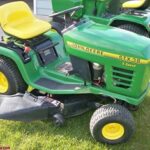John Deere is one of the world’s leading manufacturers of agricultural and turf equipment that we use in construction and forestry works. One of their notable products is the John Deere D125, a lawn mower tractor that can transform your yard quickly. Discover the recommended John Deere D125 tire pressure and how to check and adjust it for a smooth and efficient mowing experience.
The John Deere D125 is indeed a high-quality lawn tractor, but it still requires proper maintenance, particularly its tires, to ensure it is operating optimally. The lawn tractor’s tire pressure must be maintained between 10 and 14 psi for better traction and balance.
In this article, find out how to achieve and guarantee the best performance of your John Deere D125. Learn about setting the proper tire pressure, checking it, and adjusting it for your mowing needs.
Why does tire pressure matter?
Maintaining the correct tire pressure is important for several reasons. Firstly, it ensures optimal traction, allowing your lawn tractor to grip the ground effectively and prevent slipping or sliding.
Secondly, proper tire pressure improves fuel efficiency, as underinflated tires can increase rolling resistance and consume more fuel. Lastly, maintaining the recommended tire pressure extends the lifespan of your tires by promoting even wear and reducing the likelihood of blowouts.
How do you check the tire pressure on your John Deere D125?
To check your John Deere D125’s tire pressure, you will need a tire pressure gauge. Follow the steps below:
- Park your lawn tractor on a level surface and engage the parking brake.
- Locate the valve stem on the tire.
- Remove the valve cap.
- Press the tire pressure gauge firmly onto the valve stem.
- Read the tire pressure indicated on the gauge.
- Repeat the process for the other three tires.
What is the best tire pressure for John Deere D125?
John Deere D125 must be maintained between 10 psi and 14 psi
In general, the tire pressure of John Deere D125 must be maintained between 10 and 14 psi. You must consider the size of the tires before inflating them. The maximum PSI is normally indicated in every tire, so make sure you are checking the manufacturer’s recommendation as well. Typically, the front tires require a higher pressure than the rear tires.
The size of the front tires usually differs from the rear tires. Generally, front tires measure 15 x 6.0, while rear tires measure 20 x 8.0. Therefore, the tire pressure of the front tires is different from the rear tires. Front tires with this size require 97 kPa (14 psi) tire pressure, while rear tires with 20 x 8.0 require 69 kPa (10 psi) tire pressure.
What are the signs of incorrect tire pressure?
To maintain optimal tire pressure, it’s recommended to check it before each use. If you use your John Deere D125 frequently, we recommend checking the tire pressure at least once a month. Additionally, it’s a good practice to inspect the tires for any damage or wear during these checks.
If you find the tire pressure too low or too high, do not forget to make adjustments. To add air, use an air compressor or visit a gas station with an air pump. To release air, gently press the valve stem with the tip of a pen or a small tool.
Ensure that you consistently check the tire pressure while doing the adjustments to achieve the desired level.
What happens if I exceed the recommended tire pressure?
Overinflation is not good for your tires and your lawn mower. It will affect the equilibrium, steering, and power of your John Deere D125, impacting your overall mowing experience.
Overinflating your tires can cause a harsher ride or excessive bouncing while mowing, which affects the quality of your cut. It can also cause reduced traction and braking issues. There is also an increased risk of tire damage or blowouts.
It’s important to follow the manufacturer’s recommended tire pressure for optimal performance.
What PSI should my John Deere D125 be in the winter?
You may inflate up to 2 psi more during the winter season
Tire pressure is affected by changing temperatures. It can decrease by about 1 psi for every 10-degree drop in temperature. Therefore, tire pressure must be maintained at 10 and 14 psi for the usual tire size.
It is best to check the tire pressure regularly and inflate it as needed during the winter season. You can inflate up to 2psi more during the cold season or according to the manufacturer’s specifications.
Summing up
Proper tire pressure is important for the best performance, safety, and longevity of your John Deere D125 lawn tractor. By following the recommended tire pressure guidelines, and regularly checking and adjusting the tire pressure, you can ensure a smooth and efficient mowing experience. Also, keeping an eye out for any signs of incorrect pressure can help you avoid potential mechanical issues and safety risks.
Keep in mind that maintaining the right tire pressure not only benefits your lawn tractor but also enhances your mowing results while minimizing unnecessary costs.
FAQs
1. Can I use the same tire pressure for all four tires of my John Deere D125?
The front and rear tires on your John Deere lawn tractor may require different tire pressures. You’ll need a tire pressure of 97 kPa (14 psi) for the front tires, while the rear tires will require 69 kPa (10 psi). Refer to your owner’s manual or the manufacturer’s recommendations for the specific tire pressure for each tire.
2. Is it better to have slightly higher or lower tire pressure than recommended?
It’s crucial to maintain the recommended tire pressure for your John Deere lawn tractor. Deviating too much from the recommended pressure can negatively impact traction, ride comfort, and the lifespan of the tires.
3. How often should I check my John Deere D125’s tire pressure?
It’s recommended to check the tire pressure before each use or at least once a month. Regular checks ensure optimal performance and safety.
4. Can I rely on the tire pressure listed on the tire’s sidewall?
The tire pressure listed on the tire’s sidewall is the maximum pressure the tire can handle, not the recommended pressure for your John Deere D125. Always refer to the manufacturer’s guidelines for the appropriate tire pressure.
